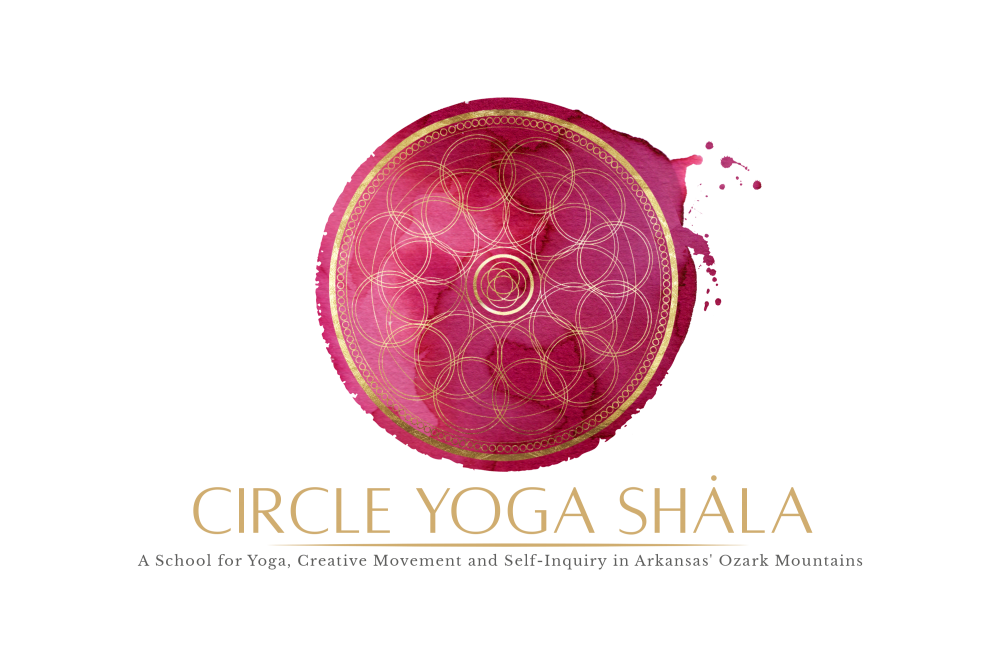Most of the great spiritual traditions offer maps of human development that show a way to be free from the delusion and fear that arises out of ignorance and its habitual behavior – -like addiction. My interests lie in the tradition of Yoga and that of Recovery. I have been active in both for the last two decades, and I have deep respect for them as spiritual programs that show a way to express our fullest human potential. In recovery there are 12 stages or steps, and in the Yoga Tradition the famous 8 Limbs in the Yoga Sutras of Patanjali.
Over time, I came to marvel at the depth of the twelve steps, and at how a certain level of participation in the program actively freed so many from the grip of what seemed to be the deepest possible pain. But more than that, I also saw how something suspiciously like the intelligence of the steps unfolds in the Yoga Sutras. This vision of their parallels soon became too great to ignore. If we look at them simultaneously, we can see that Patanjali’s process map, and that of the recovery tradition, converge around a triad of key concepts: addiction and ignorance, and the personal sense of self.
In the 12-step program one hears from the get-go that addicts suffer from a disease of perception. The Yoga Tradition also suggests this same idea. In the Sutra, the tendency to misperceive is known as Avidya, and it is presented as part of being human. Given the ubiquity of this tendency then, what separates those in recovery from those not is the actual physical disease of alcoholism, which simply throws gasoline on an apparently already smoking fire. ‘”The alcoholic is an extreme example of self will run riot, though he usually doesn’t think so.” page 62 of the Big Book.
For Patanjali ignorance, misperceptions and wrong identifications are understood as Avidya. The word Avidya is composed of the negative prefix “A”, which means “not”, and the verb root “vid”, which is derived from the Proto-Indo-European word “Weid”,which means ‘to see’, or ‘to know’. So Avidya means to ‘not see’, or to ‘not know’. This “not seeing/knowing” describes the confused quality of our perceptions, or simply the fact that we can’t be free from the feeling that we do indeed know – – even when we don’t.
Patanjali gives a summation of the specifics of our ignorance in chapter 2, sutra 5: “Ignorance (avidya) is identifying the impermanent, impure, unsatisfactory and extrinsic as being permanent, pure, satisfactory and intrinsic.” So ignorance is a state of deep confusion about how it actually is, and therefore, about what is really valuable. We suffer because we ascribe permanence to that which passes away and because we see the inessential as essential. As a result, we continually seek satisfaction from things that cannot grant it.
If ignorance of reality – of what is actually happening – is the root of our suffering then how do we change our minds? In the program it is suggested that ‘we cannot think our way into right action, we have to act our way into right thinking.’ What actions do we take? How do the suggested actions of the two traditions mirror each other in their direction? How do you know that lasting change is occurring, rather than, simply thinking we’re changing because we have a new set of tools and a new language to use?
Stay Tuned . . . . (1st installment of several to come)
Also, Don’t Miss: The Yoga of Recovery Retreat April 5th-7th
http://circleyogashala.com/workshops-and-retreats/

